6 Top Baking Soda Alternatives That Work Perfectly in Recipes
Baking soda helps dough and batter rise by producing carbon dioxide, making it an indispensable ingredient in many recipes.
When baking soda isn’t available, a few other leavening agents can serve as effective replacements.
Baking powder, potassium bicarbonate, or self-rising flour offer alternatives that maintain rising properties.
However, understanding their strength and adjusting quantities is essential for successful results.
This list of six baking soda substitutes provides practical options to keep your baking smooth and consistent.
Using the right alternative helps preserve texture and flavor in cookies, breads, and cakes.
Learn how to adapt recipes easily with these common pantry swaps.
Common Roles of Baking Soda in Cooking
What can Replace Baking Soda Perfectly
Baking soda alternatives help baked goods rise and achieve tender crumb with multiple effective options. Some provide additional leavening power or flavor. Check out the perfect replacements for your recipes.
Baking Powder
Baking powder, a blend of baking soda, acid (cream of tartar), and a stabilizer (cornstarch), is commonly mistaken for its simpler relative, baking soda.
Many home bakers mix these two ingredients up because they look similar and serve related purposes in recipes.
The key difference lies in how they work - baking powder already contains the acid needed for the leavening reaction, so it only requires liquid to activate.
This self-contained leavening agent excels at creating light textures in cornbread, biscuits, and pancakes, but can make cookies and brownies more cake-like than chewy.
For substitution purposes, you can replace 1 teaspoon of baking soda with 3 teaspoons of baking powder while reducing the recipe's salt by half, though this works best when only small amounts of baking soda are called for.
Whipped Egg Whites
Whipped egg whites create incredible lightness in baked goods, doubling or tripling in volume to add air that makes cakes and breads wonderfully fluffy.
For best results, this substitute works perfectly in recipes already containing eggs and using baking soda or powder as leavening agents.
The technique is simple - separate your eggs, add yolks normally to the batter, then fold in the separately whipped whites at the end for maximum lift.
Even recipes without eggs can benefit from this trick by adding 1-2 whipped whites while reducing other liquids by an equal amount to maintain proper consistency.
The standard substitution ratio is 2 whipped egg whites for each teaspoon of baking soda, though this method won't work for dense doughs like cookies where the structure doesn't allow for proper incorporation of the air bubbles.
Club Soda
Substituting club soda for baking soda offers a convenient alternative when you're in a pinch, despite the fact they share only part of their name.
Club soda contains sodium bicarbonate, essentially making it a liquid form of baking soda that can still create some lift in your baked goods.
This swap works best in recipes that already include at least 1/2 cup of liquid, as you'll need to replace 1/4 cup of the milk or water with an equal amount of club soda.
Softer batters benefit most from this substitution, while firmer doughs like cookies won't rise properly with this method.
For maximum effectiveness, the bubbles in club soda need to be preserved, so getting your batter into the oven quickly after mixing is crucial to achieve the best possible results.
Self-Rising Flour
Self-rising flour is a handy shortcut in baking because it already contains all-purpose flour, baking powder, and salt mixed together in perfect proportions.
Many home bakers prefer this convenient option when making biscuits, pancakes, or quick breads since it eliminates measuring multiple ingredients.
The main difference to remember when substituting self-rising for all-purpose flour is that you should omit any additional salt and baking powder called for in your original recipe.
For recipes that call for baking soda and acidic ingredients like buttermilk, you'll need to adjust by using regular milk instead to balance the acidity already present in the self-rising flour.
This substitution works best in simple recipes rather than delicate pastries that require precise chemical reactions.
Bakers Ammonia
Bakers ammonia reigned supreme as the go-to leavening agent a century ago, before baking soda became a kitchen staple.
This historical ingredient creates the same light, crisp texture in cookies and other baked goods that we now achieve with modern alternatives.
The main reason for its decline in popularity was the intense smell that fills your kitchen during baking, though the odor completely disappears once the treats cool down.
Many professional bakers still prefer it for certain traditional recipes because the results are often superior- especially for thin, crispy cookies that need exceptional rise and crunch.
Substitution is straightforward: just use 1 teaspoon of bakers ammonia for each teaspoon of baking soda called for in recipes where you want extra crispness.
Potassium Bicarbonate and Salt
Potassium bicarbonate is an excellent substitute for baking soda, particularly for those monitoring their salt intake since it doesn't contain sodium.
Most commonly found in antacids and heartburn remedies, this powder performs the same leavening function in recipes as traditional baking soda does.
When making the switch, simply use an equal amount - 1 teaspoon of potassium bicarbonate for 1 teaspoon of baking soda.
The main difference you might notice is in flavor, so adding about 1/4 teaspoon of salt to your recipe can help maintain the taste balance if needed.
Online shopping offers the easiest way to find this ingredient if it's not available at local stores.
Effects of Baking Soda Substitutes on Taste and Texture
Swapping out baking soda can change how your baked goods taste and feel. A good substitute may tweak the flavor or alter the crumb, so it helps to know what to expect, and how to keep your recipes tasting and baking their best.
Taste Impact
When you swap out baking soda, the flavor of your final dish can shift noticeably. If the substitute brings more acidity, you might notice a tangier bite; too much base, and a soapy or metallic edge can creep in.
Substitutes that lack the pure, clean lift of baking soda may leave a slightly dull or flat taste, so you may need to adjust other seasonings, like a pinch more salt or a touch of sweetener, to restore balance.
Texture Impact
Baking soda’s rapid carbon dioxide release creates light, airy crumbs and crisp crusts. Without it, batters and doughs can turn out denser, with less rise and chew.
Some alternatives may yield a moister interior but a heavier structure, while others might generate uneven holes or gummy spots. To compensate, you might lengthen mixing times, tweak liquid ratios, or add a bit more leavening to maintain the tenderness and springiness you expect.
Homemade Baking Soda Substitutes
When you don’t have baking soda on hand, you can still get good rise with ingredients you probably already keep in your pantry or fridge. Here are two simple “homemade” approaches:
Use Baking Powder
Baking powder already contains the baking soda you need, plus the acid to activate it. To replace 1 teaspoon of baking soda, use about 3 teaspoons of baking powder.
Just mix it into your dry ingredients as usual, no extra acid needed, then bake. Your cakes, cookies, and quick breads will still puff up nicely, though they might brown a little differently.
Whip Egg Whites or Aquafaba
For recipes like pancakes, waffles, or light cakes, you can trap air with whipped egg whites (or chickpea brine for a vegan twist) instead of relying on baking soda.
Separate the whites, beat them to soft peaks, then gently fold them into your batter at the end. This airiness gives lift and a tender crumb without any chemical leaveners at all.


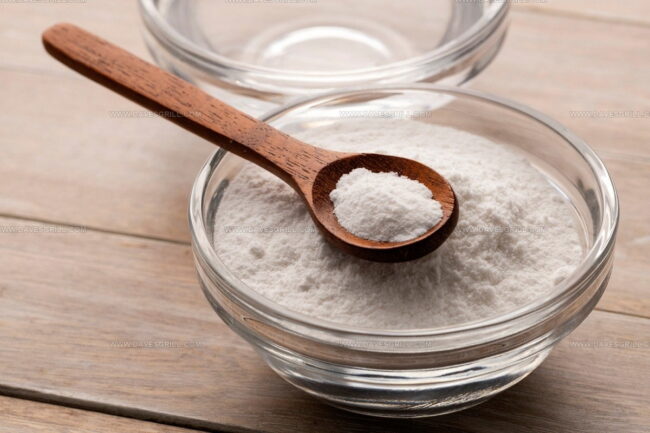
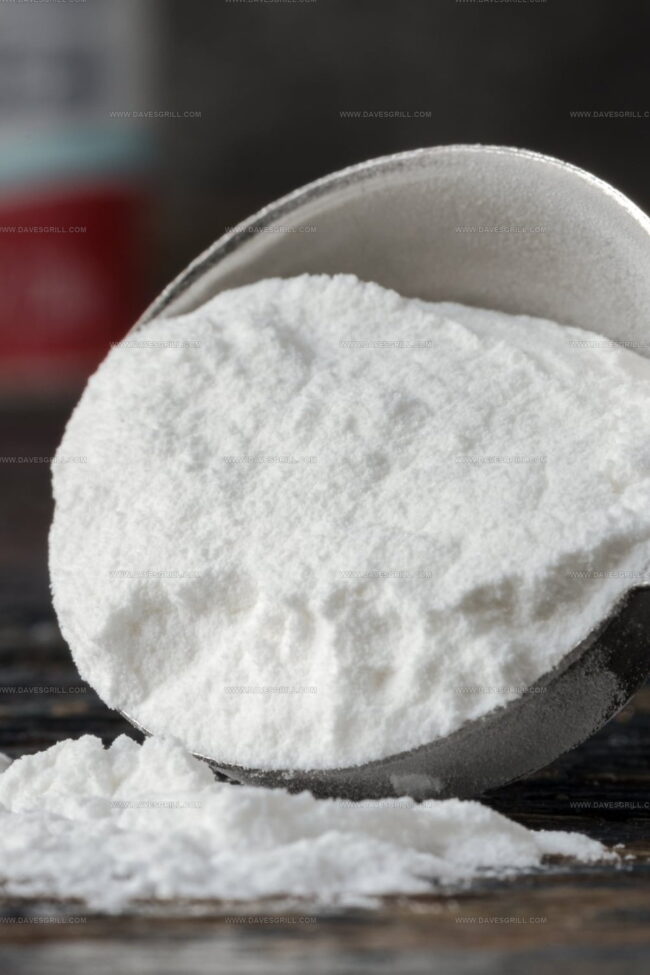

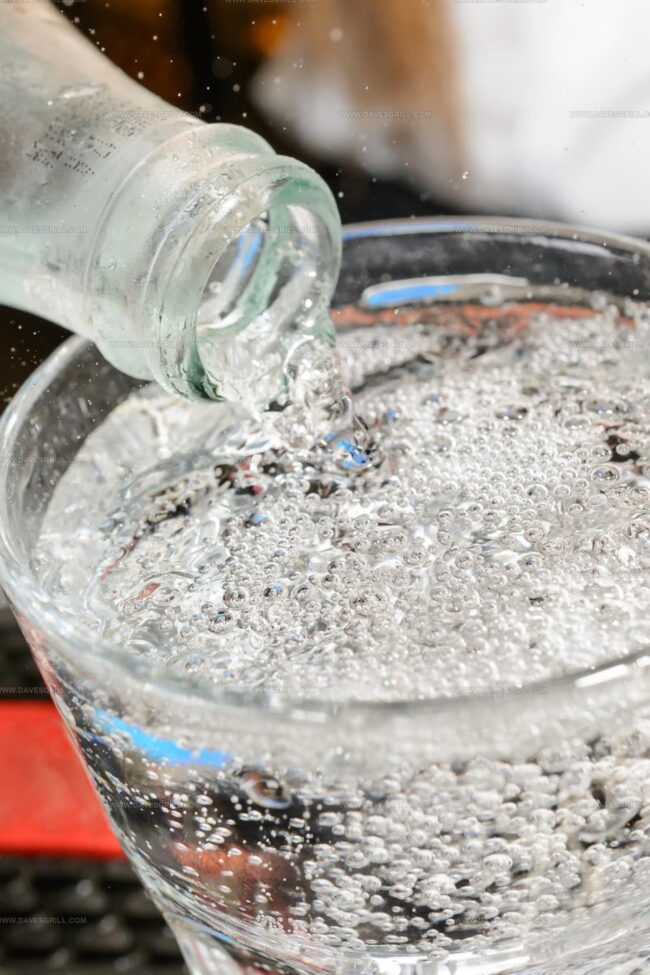


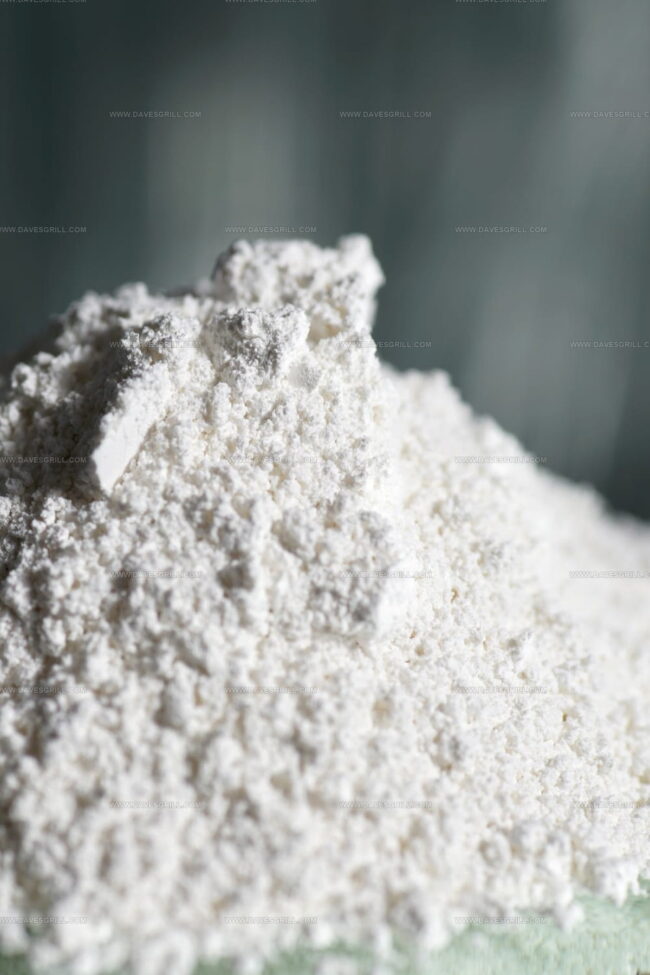
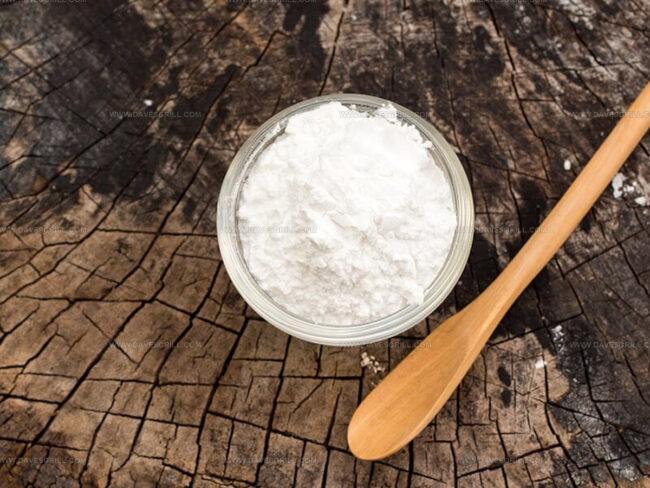
Emily Lawson
Content Creator & Culinary Specialist
Expertise
Education
Oregon Culinary Institute
Diploma in Culinary Arts
Focus: Emphasis on farm-to-table cooking, sustainable practices, and the fusion of global flavors with traditional grilling methods.
Emily Lawson is the content creator at Daves Grill, turning tasty ideas into clear, easy recipes. Based in Portland, she trained at the Oregon Culinary Institute and loves cooking with fresh, seasonal ingredients, especially grilled veggies and global flavors.
Emily mixes food writing with hands-on cooking to bring you recipes that feel fun, not stressful. Her goal is to make every dish simple, flavorful, and worth coming back to. Together, she and Dave serve up real food, one recipe at a time.